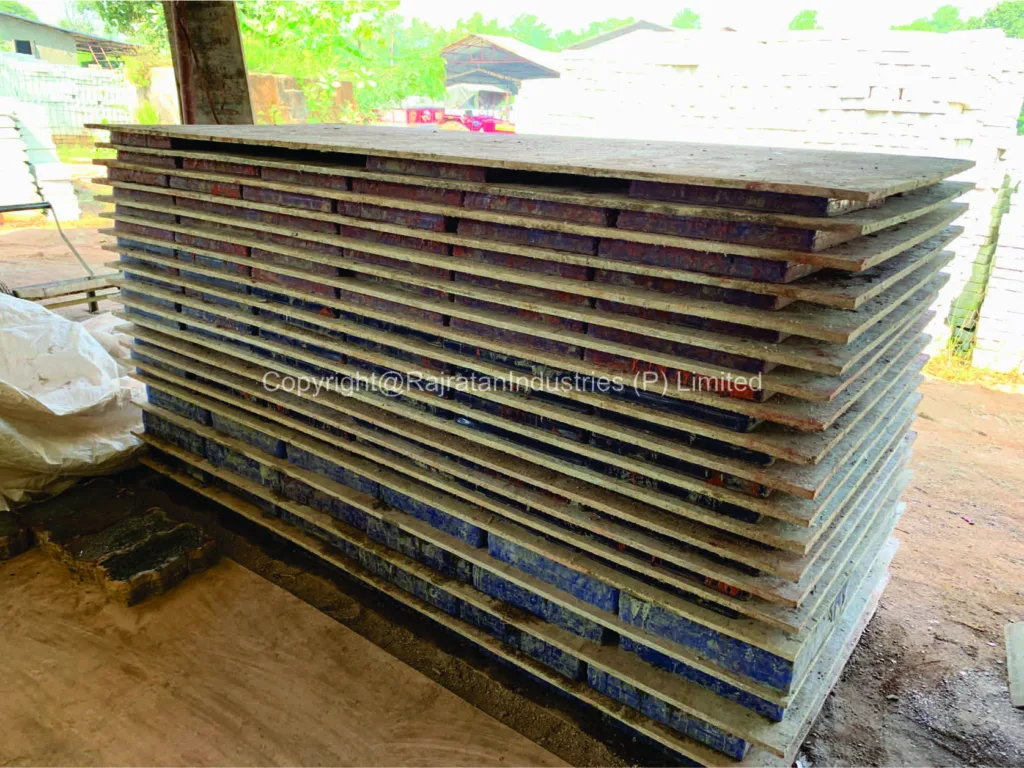
Rajratan Industries is committed to supporting sustainable construction solutions through innovative products like PAC Pallets for Bricks, Blocks, and Pavers. As a leading manufacturer and supplier, we aim to help businesses and individuals understand the policies and regulations governing fly ash bricks—an eco-friendly alternative in the building material industry.
Key Policies Governing Fly Ash Bricks
1. Fly Ash Utilization Policy
The government encourages the use of fly ash in brick manufacturing to reduce environmental impact. Guidelines mandate the use of fly ash near thermal power plants to minimize waste.
2. Standards and Certification
Fly ash bricks must adhere to quality standards set by authorities like BIS (Bureau of Indian Standards). Ensuring compliance helps manufacturers and suppliers maintain product integrity.
3. Subsidies and Incentives
Many states offer subsidies for fly ash brick manufacturers to promote sustainable construction. Builders and developers are encouraged to prioritize these materials in government projects.
4. Environmental Regulations
Using fly ash reduces carbon emissions and prevents waste accumulation. Compliance with environmental regulations ensures sustainable operations while contributing to green building certifications.
5. Local Building Codes
Builders and contractors must consider local bylaws when incorporating fly ash bricks in construction projects. These codes dictate usage percentages, dimensions, and placement.
Why Choose Rajratan Industries?
We provide high-quality PAC Pallets, ensuring durability and efficiency in your fly ash brick manufacturing process. Our products are designed to enhance production while meeting industry standards.
📢 Get a Free Sample PAC Pallet
Call: +91 9685927927
Monday to Saturday, 10 AM to 6 PM
